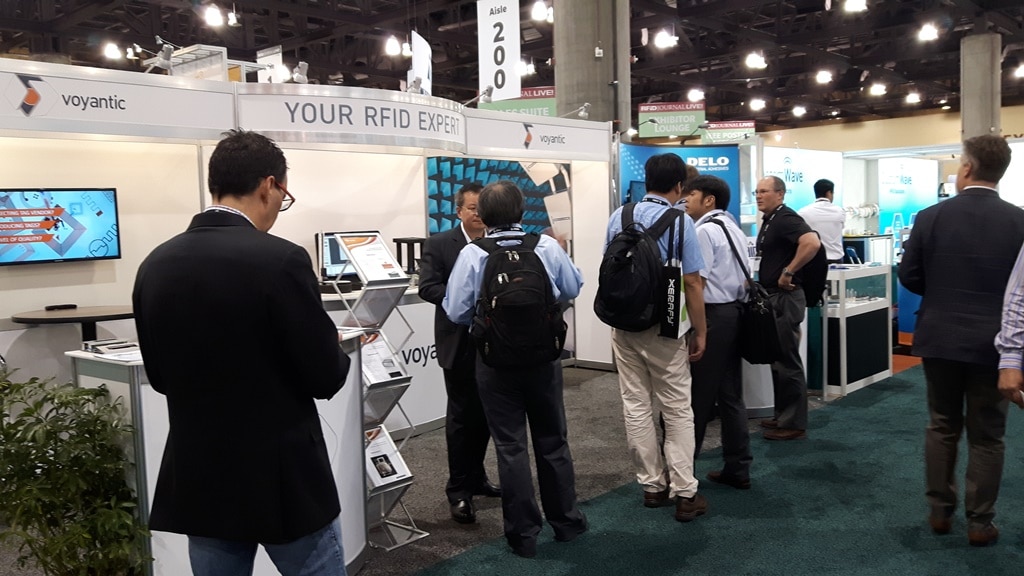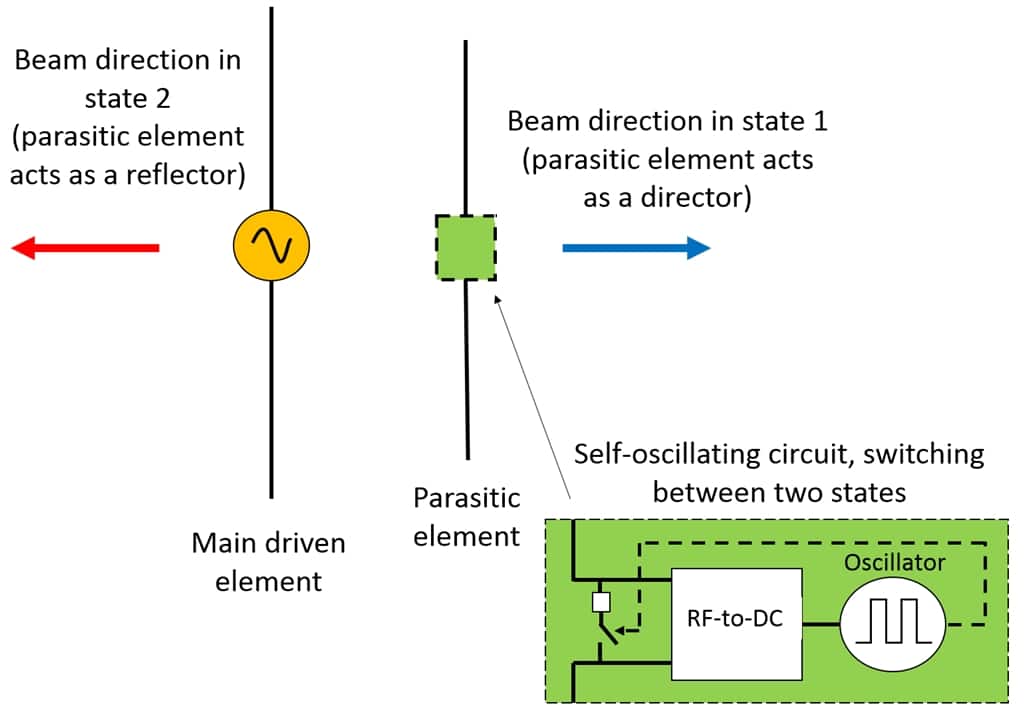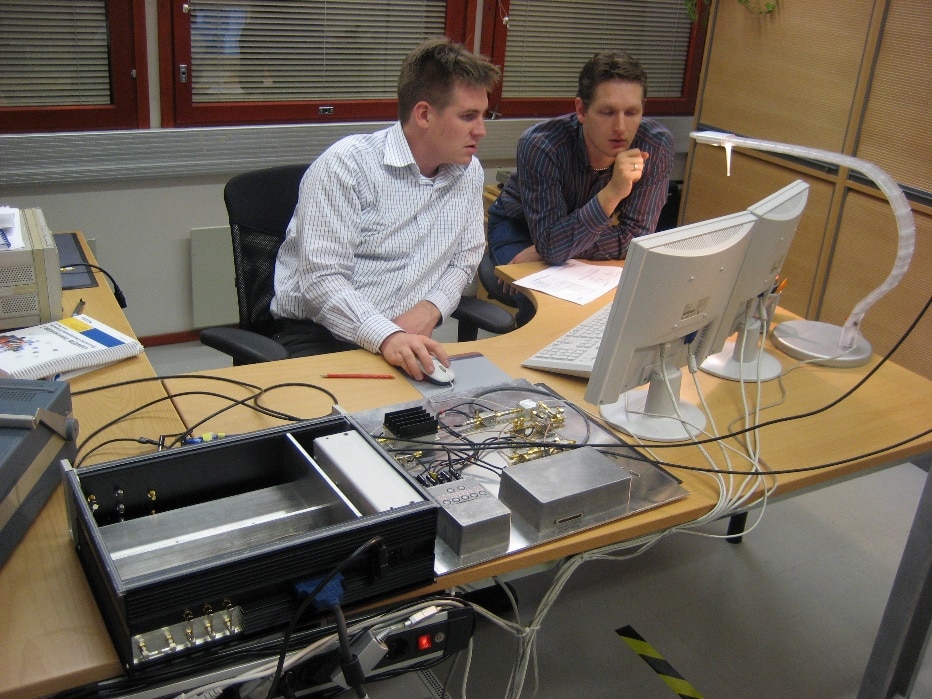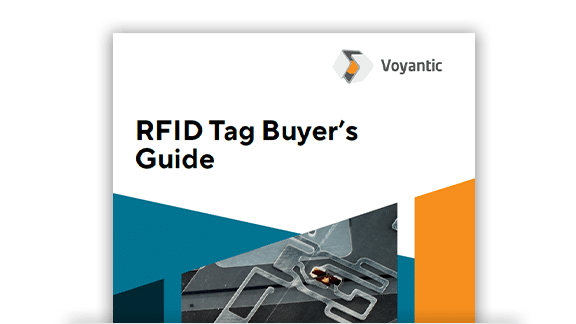中文版 Chinese version
This year’s RFID Journal Live! was arranged in Phoenix, AZ three weeks ago. I have been scanning through different reports about the show, and they all seem to amplify my own perception: the overall business was good, things are moving forward, but there was nothing particularly new and exciting this time. Sure, the inventory robots were still there, readers are integrating with antennas, and some new chips were announced, but that’s about it.

So, instead of writing about Journal Live!, this year I am focusing my show report on a co-located event that always delivers something new, the IEEE RFID conference. The conference was arranged for the 11th time, and I think I have only missed it once – though often I have had to divide my time between IEEE and the trade show.
The conference featured two excellent key-note presentations: Secure RFID for Trusting Devices and Data by René Martinez of Honeywell and Near-Zero Power Radio Frequency Receivers by Troy Olsson of DARPA. And then there were a total of 32 technical papers presented. Most papers were accepted in these categories:
- Localization
- Protocols and Security
- Antennas and Propagation
- Circuits, Devices and Readers
So, it seems that localization is on the rise, as the category has reached the top from outside the top-5 of 2016 event. I haven’t really seen asset localization properly break through in the industry, but I wouldn’t be surprised if it did in the near future.
Poster Session
During the last few years, IEEE RFID has arranged a poster session in the RFID Journal Live! exhibition area. So, if you do one thing to learn about what is going on in the research space, I recommend browsing through the poster area. In just half an hour you will get a nice overview of the latest research related to circuits, protocols, antennas, chipless sensors, etc. This year, there were a total of 25 posters from universities around the world, but also one from the industry: the French company Primo1D had a poster about their RFID yarn. A full list of poster titles can be found here.
This year, I was privileged to be a member of an expert panel that was assigned to choose the best poster. It took us two hours of looking through the posters, interviewing the presenters, and discussing, until we were able to decide the winner:
“A Dual-Band Wireless Power Transfer and Backscatter Communication Approach for Implantable Neuroprosthetic Devices” by Eleftherios Kampianakis and Apoorva Sharma (University of Washington, USA); Jose Arenas (University of Washington, Chile); Matthew Reynolds (University of Washington, USA).
The presented research combines UHF and HF RFID, as well as many disciplines of electronics and RF engineering into an implantable neuroprosthetic testbed. A more detailed description can be found here.
Best Paper Award
This year’s best paper award went to Pavel Nikitin of Honeywell for his paper titled ‘Self-Reconfigurable RFID Reader Antenna’. The paper presents a method for varying the beam of an antenna. The method is presented with a two-element Yagi antenna, where the parasitic element is loaded with a self-oscillating circuit. The ability to change the reader beam could be especially useful when inventorying static tag populations, e.g. when using an overhead reader to inventory a retail store.

But what pleased me most, was that some of the measurement data in Pavel’s paper was generated with the Voyantic Tagformance Pro system. Let me explain why.

This is me and my colleague Jesse back in 2006, sitting in front of the very first Tagformance prototype. We had just left our jobs at the university, and were frantically trying to build a system for testing the performance of UHF RFID tags. I spent hours of trying to understand papers written by Pavel Nikitin – then only a name to me. And we were able to pull it off: we got our system out to the market for RFID World 2007 which, by the way, was co-located with the very first IEEE RFID conference. Now, seeing our system used in one of Pavel’s papers 11 years later feels like the circle is closed.
All blog posts





